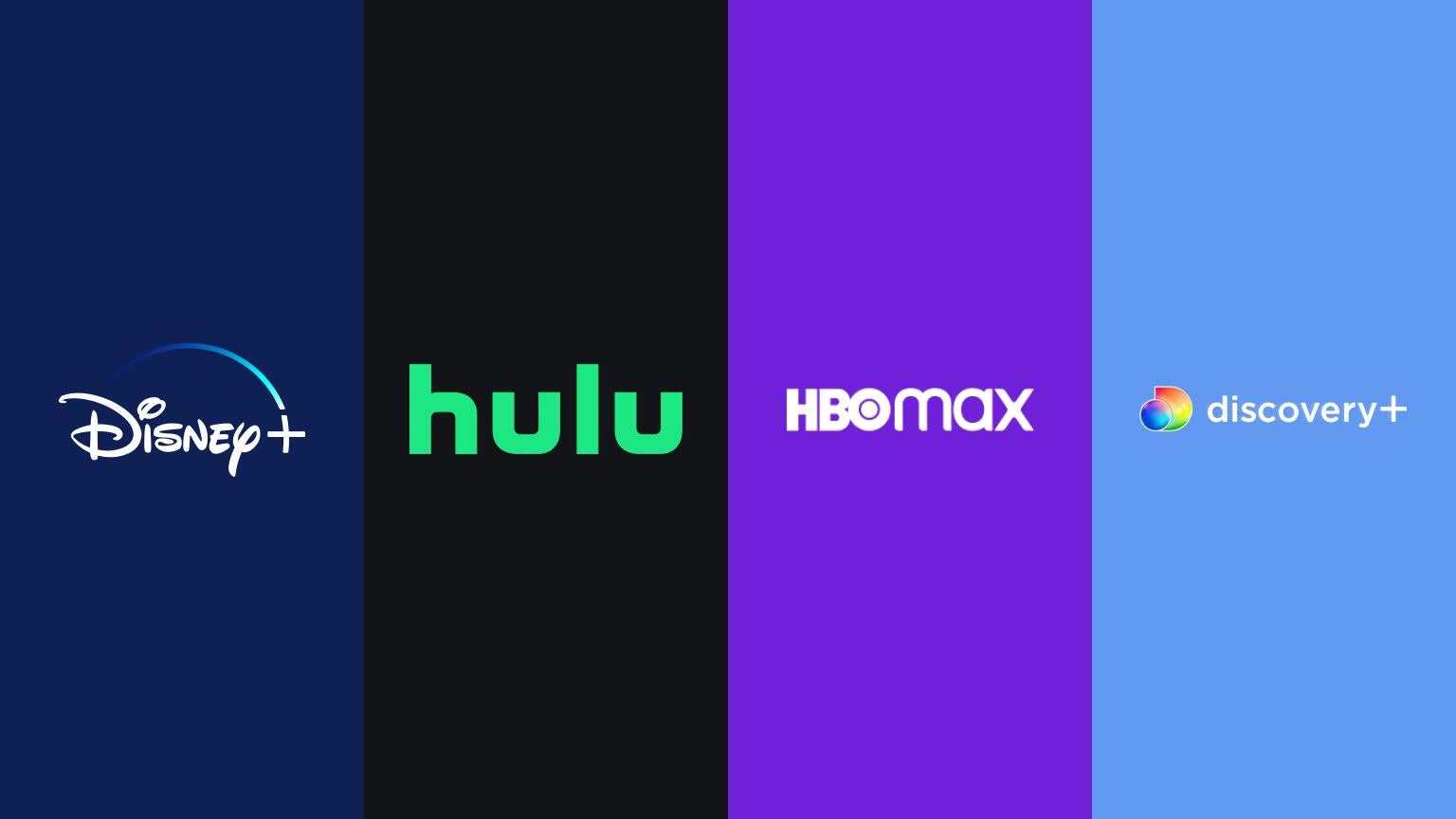
In a world of cord-cutting, there are still inherent values to broadcast and cable television consumption. From having the ability to jump back and forth between networks to having the option to sample different kinds of content without paying any more than you already are, the “old way” does have its advantages.
But as the streaming world continues to provide customers with more and more options, many are looking for ways to replicate the freedom and variety that cable subscriptions offer.
In a new white paper entitled “The Streaming Index,” Samsung collected data from 45 million “opted-in” U.S. Smart TVs on its platform and conducted a survey of 1,000 adult Samsung Smart TV users to add additional context to their conclusions.
Despite services continuing to move toward ad-supported options, survey respondents appear to be willing to pay for ad-free content. Forty-six percent of people included in the poll said that over the next six months they planned on subscribing to more ad-free streaming services. That number is compared to just 24% who planned to use more free, ad-supported streamers.

With Disney+ announcing plans to unveil a cheaper, ad-supported option to their service, and questions constantly circling around Netflix doing the same, the reasons to offer a low-cost option to consumers are obvious, as it broadens the service's subscriber pool, but if customers are willing to pay for services, why does Samsung indicated that subscriber churn was at nearly 50% in 2021?
Most likely? Content. Because of the hundreds of options available at viewers’ fingertips on cable, they are looking for a streaming service (or services) that provides them with that type of abundance and variety. Behind “easy to use,” customers told Samsung that various content considerations were the next six most important things to them when deciding to stick with a streamer.

Data like this could go a long way to informing the content strategy of various streamers, but meeting all of the customers’ needs will likely be difficult for any one service to achieve. Not only do customers want regularly updated content, but they also want to be able to watch cable and broadcast programming. Currently, Netflix is the leader in churning out content, but they do not offer any way to stream shows found on traditional television.
HBO Max also has a steady stream of series and movies, and they also have the benefit of being the streaming home for some of the most buzzed-about shows on cable, satisfying the first three content-related concerns that customers have. However, currently, the platform’s cable offerings are limited to the WarnerMedia world, but when the streamer eventually merges with new corporate sibling discovery+, that becomes an even more interesting value proposition for choice-minded consumers as the move will dramatically increase the breadth and depth of content on the service.
Similarly, while Disney+ does not release nearly as much content as its competitors — especially not as much that dominates the collective conversation — when paired with Hulu via its various bundling options, the Disney-owned streamers seem to check most boxes: Frequently updated content, catch up on cable and broadcast TV, content most people are watching, etc.
The same goes for Paramount+ and Showtime, which will apparently be available to bundle beginning this summer. Will bundling be enough to encourage consumers to sample both services, or will Disney and Paramount eventually need to simplify their offers by bringing all of their streaming content under a single corporate umbrella?
Onlookers have long believed that there would be an eventual contraction in the streaming space when it came to the number of paid subscription services, and we might be entering that phase now. With regular mergers and acquisitions shaking up the entertainment industry and consumers becoming warier and warier of where they are spending their money, we are likely to see a further reshuffling of streamers.
Based on the information in Samsung’s report, if the parent companies behind the biggest players in streaming want to stand out amongst their competition, the answer might be to simply consolidate the content that they are already streaming under one service’s banner and tout the cable-like flexibility and options that they provide.
